Nibiaa delivers custom integration and support services across diverse domains—from asset tracking to smart agri-tech and beyond, leveraging LoRa technologies. With each project, Nibiaa aims to enhance lives through impactful, technology-driven innovations. By embracing and advancing LoRa technologies worldwide, Nibiaa addresses local challenges with practical, cost-effective, and sustainable solutions.
Leading the way in business digitization, Nibiaa empowers organizations with data-driven decision-making, transforming operations for increased efficiency, transparency, and accountability. Through sector-agnostic solutions, Nibiaa makes meaningful strides in improving lives, supporting livelihoods, and driving sustainable innovations aligned with UNDP Sustainable Development Goals (SDGs).
In an exclusive conversation with The Interview World, Aeroshil Nameirakpam, Co-Founder and CEO of Nibiaa, discusses the company’s LoRa technology offerings and highlights successful smart agriculture projects. He shares insights into the adoption of LoRa technologies across industries and spotlights notable success stories. Here are the key takeaways from this insightful exchange.
Q: Could you explain Nibiaa’s initiatives in LoRa technologies, their specific use cases, and the sector challenges they address?
A: We are a startup, backed by the Department of Telecommunications under the Digital Communication Innovation Square (DCIS) scheme, dedicated to developing solutions for LoRaWAN technology.
In just two years, we’ve handled over 14 B2B projects, spanning smart city initiatives, smart agriculture, and smart industry applications. Our goal is to capture data that was previously beyond reach, creating new insights across multiple sectors.
One fascinating project we piloted is a restroom monitoring system for the Dubai Mall. As one of the world’s largest malls, Dubai Mall sees around 200,000 visitors daily—meaning over 10,000 people use its restrooms every day. A significant challenge for facility management there is monitoring restroom wait times. Using LoRa technology, we’ve equipped individual restroom stalls with sensors to track entry, exit, and average wait times per stall. Moreover, this data enables us to provide real-time information on wait times, displayed on kiosks throughout the mall. Visitors can also quickly locate restrooms and view approximate wait times at each location.
This pilot project has already been completed, and now we’re preparing to scale up. It’s an exciting example of how LoRaWAN technology can address real-world challenges with practical, data-driven solutions.
Q: Could you elaborate on the smart agriculture projects you’ve delivered and the impact they’ve achieved?
A: We recently completed a proof-of-concept (POC) project for India’s tea industry, one of the nation’s oldest and most traditional sectors. A major challenge this industry faces today is declining exports, largely due to pesticide presence in tea, which has hurt its international demand. While nearly 80% of tea produced in India is consumed domestically, premium pricing relies on exports—making traceability and data-driven support essential for tea growers.
In our pilot project, we discovered that tea estates have recorded daily weather data, including temperature and humidity, for 30-40 years, but this has always been done manually. We automated this process by deploying strategically placed weather stations in remote, internet-scarce regions, where LoRa technology excels by creating a self-sustaining network.
By leveraging LoRa, we’ve enabled these estates to capture weather data seamlessly, storing it directly on their servers for future analytics. Previously, growers could only compare weather records from the past few years to estimate yield. With our system, this data is collected and organized automatically, allowing for more sophisticated AI modelling, predictive analytics, and ultimately, improved farming practices.
Our technology empowers tea growers with access to data they couldn’t gather before. Using this data, they can refine agricultural techniques, apply AI, and predict outcomes more accurately—ushering in a new era of smart agriculture for the tea industry.
Q: Does your technology provide automated pest alerts and enable immediate responses, like drone-based pesticide spraying, to protect crop quality?
A: Our company specializes exclusively in one key area: data collection. A critical factor influencing pest presence is humidity and temperature. When humidity rises, pest risks increase significantly. Monitoring this across large areas, sometimes 200-300 acres, is essential for effective pest control.
Our data identifies specific farm sections with higher pest probabilities. This insight allows for precise visualization, guiding farmers on where to concentrate pesticides and resources. By focusing on data collection, we enable seamless integration with advanced technologies like drones, creating valuable, customized solutions for diverse use cases.
Q: How do you view the adoption of LoRa technology across sectors like smart cities, agriculture, and healthcare in India’s B2B market?
A: One fascinating aspect of LoRa technology is its accessibility, allowing even small startups like ours to thrive. The open-source nature of its protocols fosters a supportive environment for innovation.
Currently, adoption rates are relatively low, primarily because many users are unfamiliar with this technology. However, as our ability to build independent networks without relying on telecom providers grows, we anticipate a significant shift in adoption. This capability will transform how networks operate, paving the way for widespread implementation.
Globally, LoRa technology is gaining traction, but India faces unique challenges. A major hurdle is the limited availability of hardware; there are few manufacturers producing compatible devices. Additionally, the costs associated with this technology are higher than those of alternative solutions.
As Indian companies begin to develop these products locally, we expect both adoption rates to rise and device prices to decrease. This shift will create a fertile ground for innovation. As a startup, we are actively exploring various possibilities and are optimistic that, in the next four to five years, we will see numerous use cases emerging from our technology.
Q: Have these products been commercialized for any industry, and could you share their success rates and impact so far?
A: To date, we have successfully completed 14 B2B projects. Among these, we developed a smart restaurant project in Dubai and a water treatment plant for the Andaman and Nicobar Islands. Additionally, we executed a proof of concept (POC) for the Indian defense sector, utilizing peer-to-peer communication without relying on the internet.
Our projects include two government initiatives and nearly 12 other B2B applications, such as golf cart tracking and irrigation systems. These diverse use cases demonstrate our expertise in leveraging technology effectively.
Regarding your question about NFC, we indeed incorporate it into our LoRa technology. NFC primarily facilitates small-scale data transfers, making it ideal for small businesses. We can seamlessly integrate NFC data with our LoRa solutions.
NFC is designed for near-field data capture, while LoRa excels at long-distance data transmission. By combining these technologies, we create innovative solutions that cater to both small and large-scale projects.


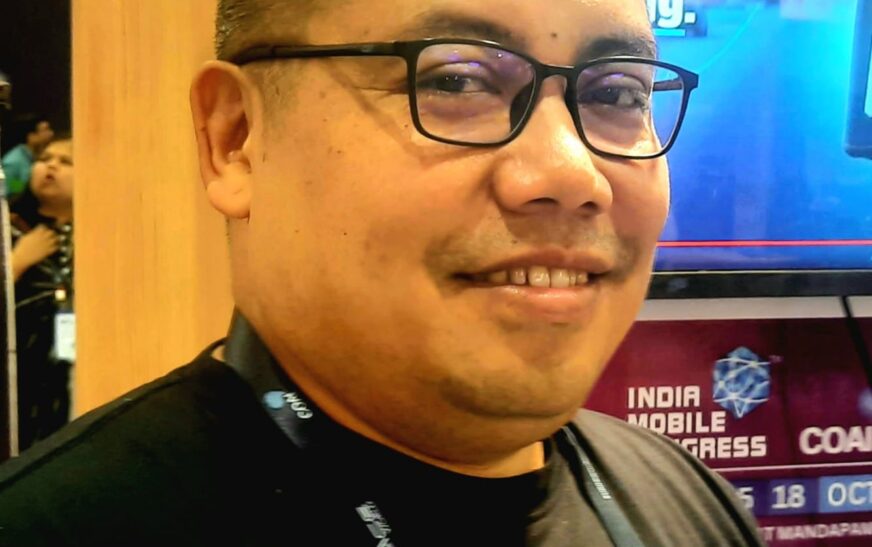
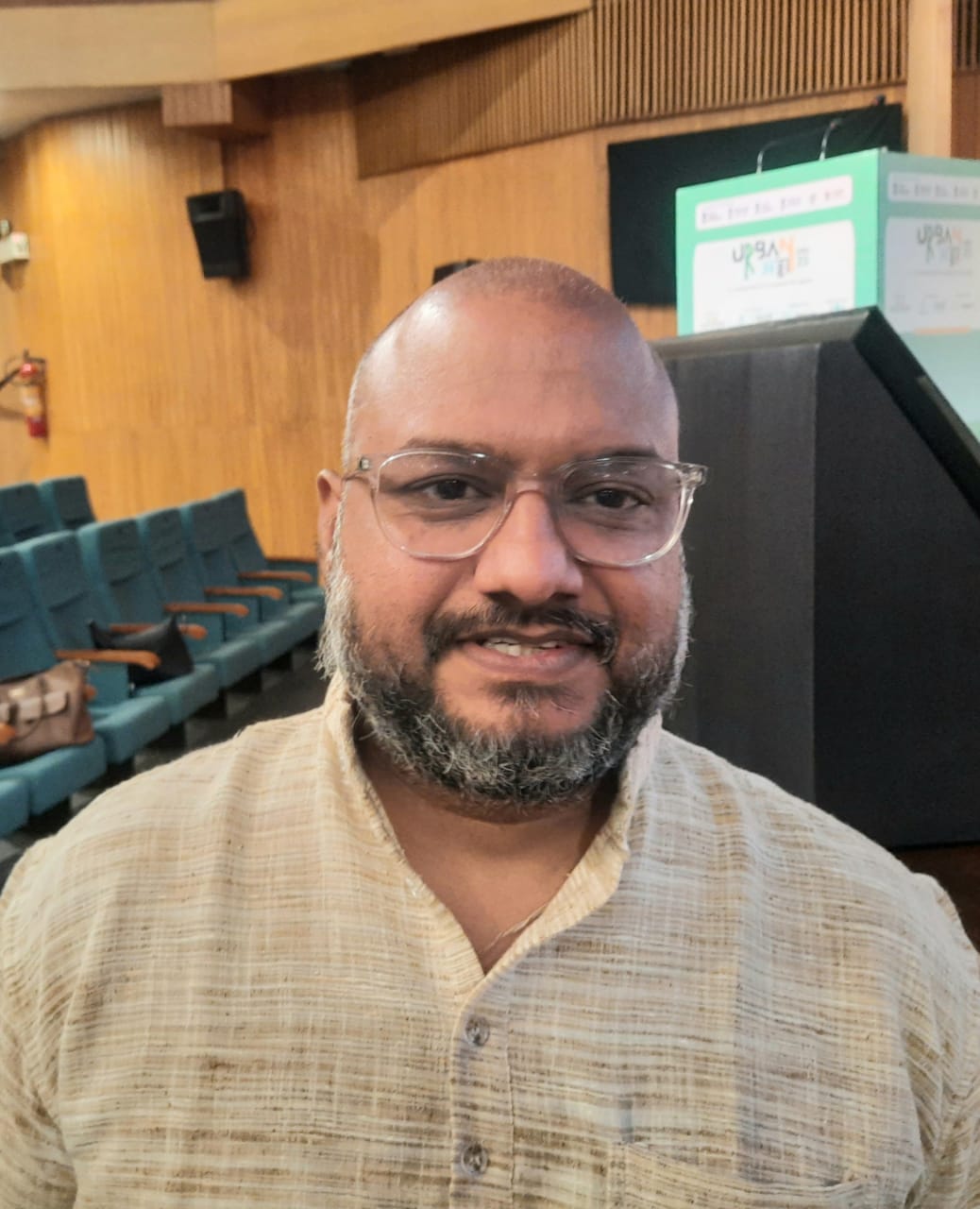
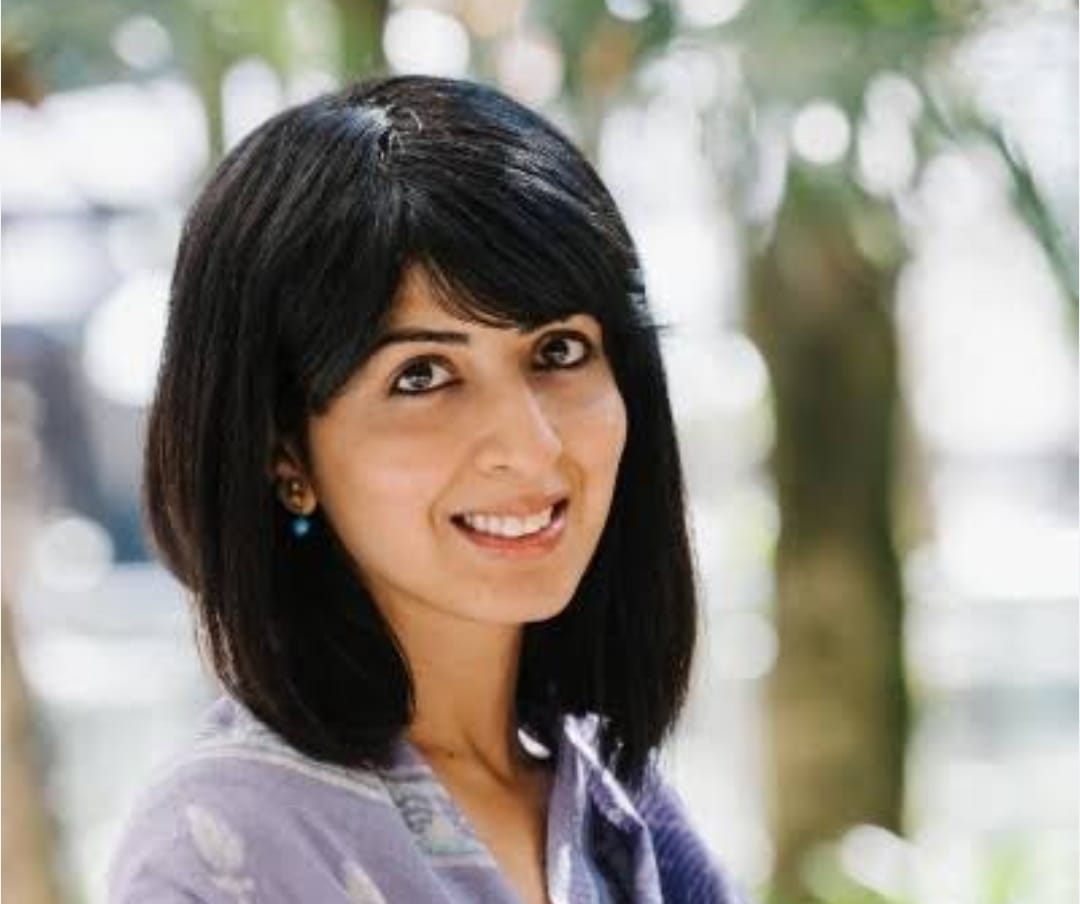
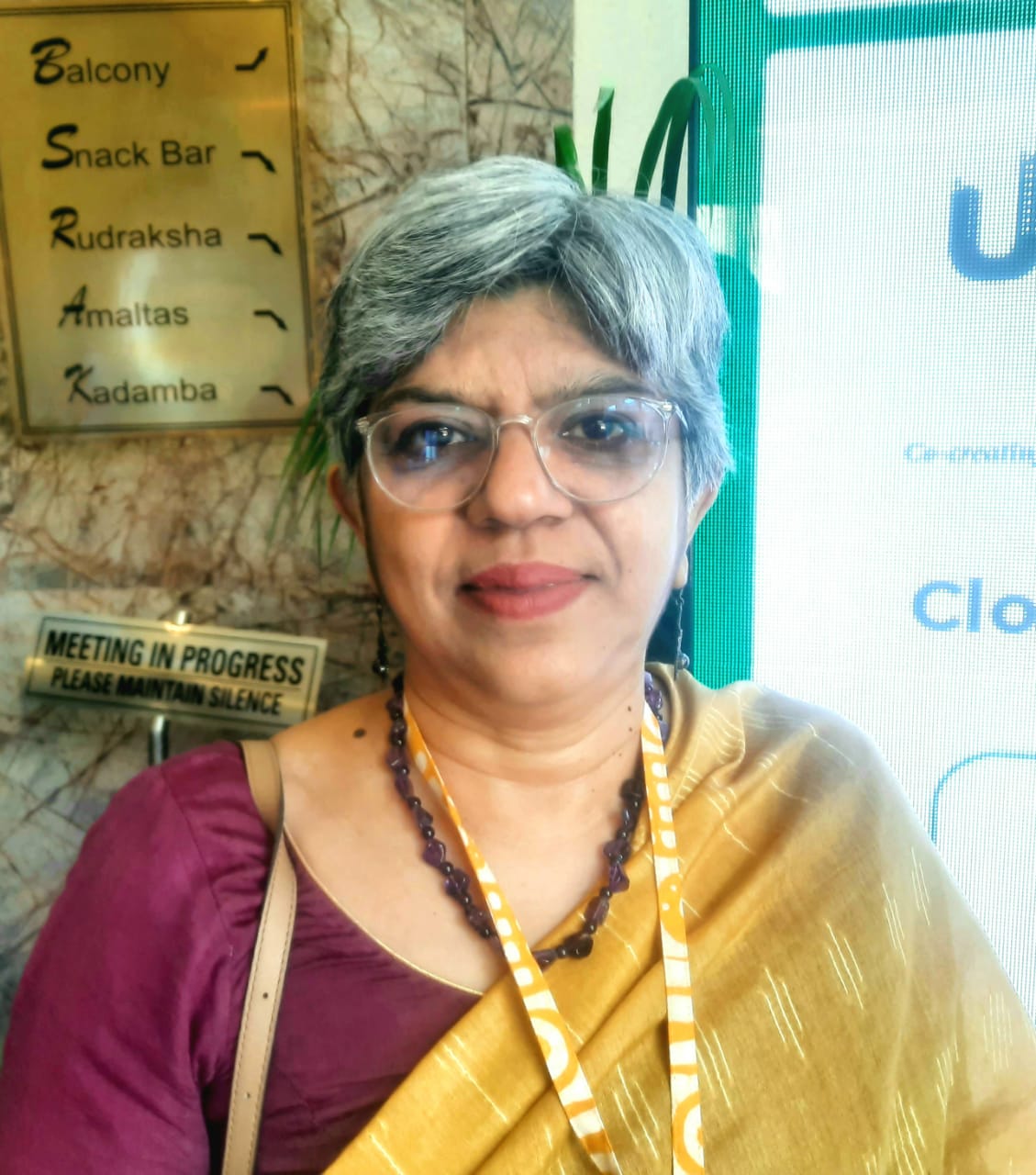
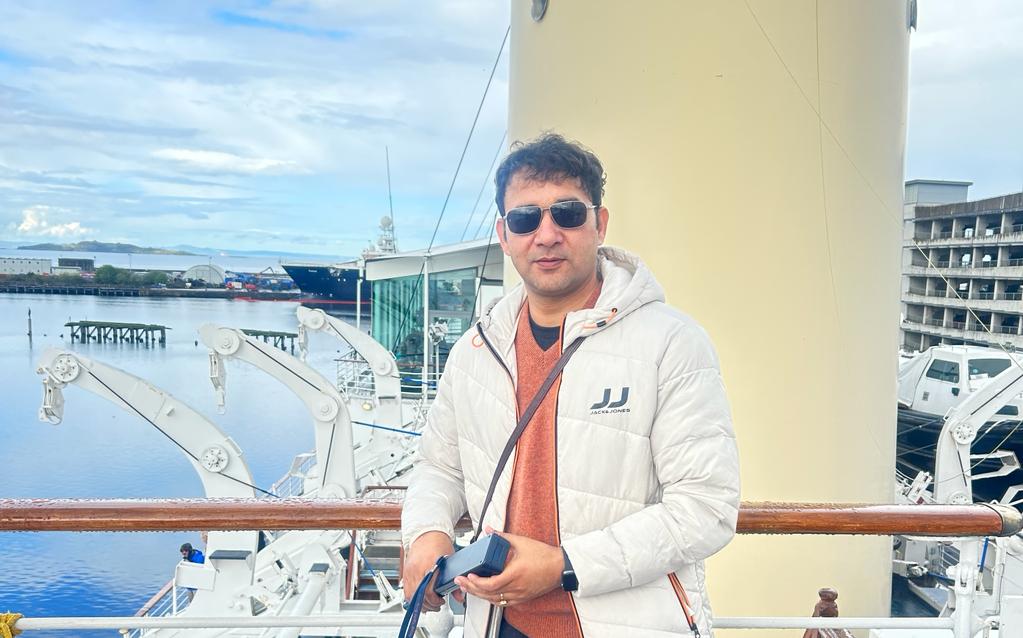

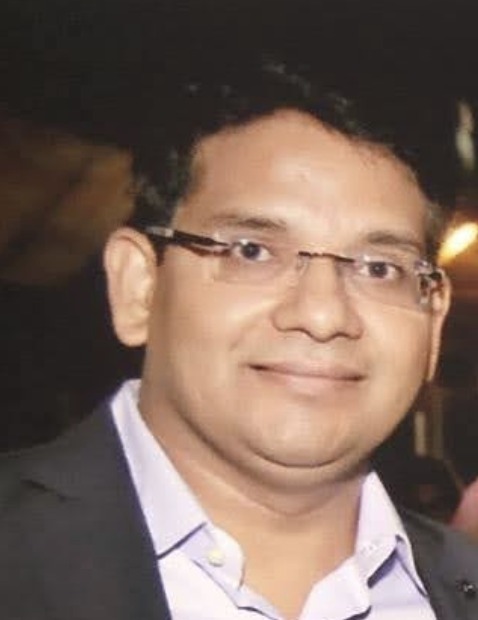
1 Comment
Excellent blog here Also your website loads up very fast What web host are you using Can I get your affiliate link to your host I wish my web site loaded up as quickly as yours lol
Comments are closed.